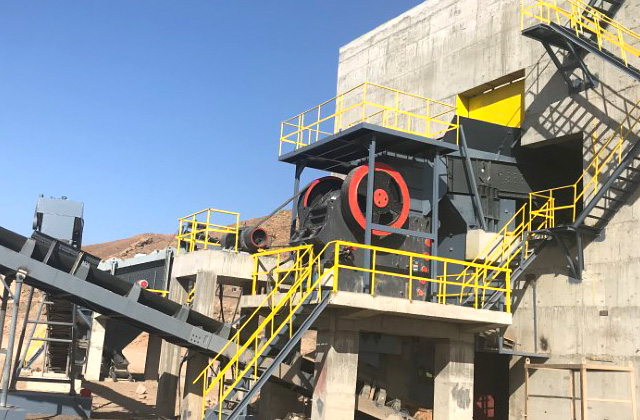Limestone is a sedimentary rock that is composed mainly of calcium carbonate. It is widely used in the construction industry as a building material, and in the manufacturing of cement, concrete, and other products. The output of a limestone crushing plant depends on the quality of the input material, the type of crusher used, and the configuration of the plant. In this article, we will discuss the design of a 200-350 TPH limestone crushing plant, including the equipment selection, layout, and operational considerations.

Equipment selection for limestone crushing plant
The first step in designing a limestone crushing plant is to select the equipment that will be used to process the raw material. The primary crusher should be capable of processing the largest possible feed size, which will be determined by the mining operation’s blasting pattern. In most cases, a jaw crusher or a gyratory crusher is used as the primary crusher.
For secondary crushing, a cone crusher or impact crusher is often used. The selection of the secondary crusher depends on the desired product size, as well as the hardness and abrasiveness of the limestone. The choice between a cone crusher and an impact crusher will depend on the specific requirements of the application.
For screening, a vibrating screen is the most commonly used equipment. It is important to select a screen with the appropriate aperture size to ensure that the desired product size is achieved.
Layout for limestone crushing plant
The layout of a limestone crushing plant should be designed with the following factors in mind: the location of the quarry or mine, the topography of the area, the availability of utilities, and the desired production rate. The plant should be located as close to the quarry or mine as possible to minimize transportation costs.
The primary crusher should be located at a high point in the plant to minimize the distance that the material needs to be transported. The secondary crusher and the screening equipment should be located as close to the primary crusher as possible to minimize the distance that the material needs to be transported between processing stages.
Operational considerations for limestone crushing plant
In addition to the equipment selection and layout, there are several operational considerations that should be taken into account when designing a limestone crushing plant. These include:
Dust Control: Limestone crushing generates a significant amount of dust, so it is important to design the plant with effective dust control measures, such as using water sprays or enclosing the crushing equipment.
Maintenance: The plant should be designed with ease of maintenance in mind. This includes providing access to all equipment for maintenance and repair, as well as ensuring that the equipment is designed for easy maintenance.
Production Rate: The design of the plant should be optimized for the desired production rate. This includes ensuring that the equipment is capable of processing the required amount of material, as well as designing the plant with a buffer capacity to handle fluctuations in the production rate.
Environmental Considerations: The plant should be designed to minimize its environmental impact. This includes designing the plant with measures to prevent soil erosion and water pollution, as well as ensuring that the plant complies with all relevant environmental regulations.
